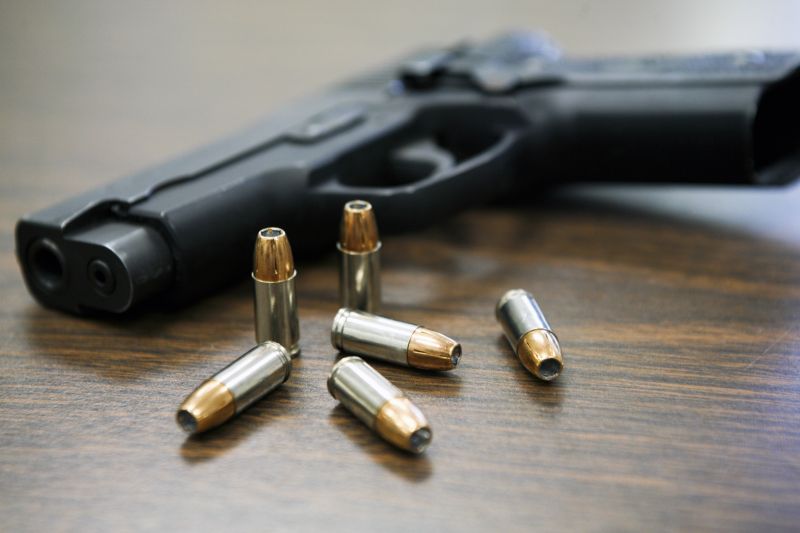
Grand Island, Neb., Mar 8, 2018 / 04:18 pm (CNA/EWTN News).- A bill is being considered in Nebraska that would offer lower-income families a greater variety of educational opportunities. Bishop Joseph Hanefeldt of Grand Island is a major supporter of the bill, and has said every Nebraskan student deserves an opportunity to attend to the school of their choosing.
“Every single child in Nebraska deserves to go to a school of their choice, regardless of income. … Too many parents in our state lack true freedom of education choice,” Bishop Hanefeldt wrote in a March 4 opinion piece for the Grand Island Independent.
“LB295 can begin to remedy some of this burden and injustice for Nebraska’s low-income and working-class families seeking education choice.”
Also known as the Opportunity Scholarships Act, the bill was introduced Jan. 11, 2017 to the Committee on Revenue by Republican Senator Jim Smith. The bill has been given a “priority designation,” meaning it will likely be debated within the upcoming month.
The bill would enable individuals and corporations to qualify for a tax credit equal to the amount of their donation to a non-profit, scholarship-granting organization. By increasing the opportunity for tax breaks, the bill aims to motivate donations for private school scholarships.
“In other words, the Opportunity Scholarships Act incentivizes private donations to be directed toward scholarship opportunities for families in need,” said Bishop Hanefeldt.
The bishop said his diocese only accounts for 1,500 of the 29,000 students who attend Catholic schools in the state but nonetheleess he understands the importance of every Nebraskan student, who hail from a diverse range of backgrounds.
“Some of our students come from families with very limited financial resources, while others are from some of the most affluent families in our communities. Some come to us with learning disabilities, while others come to us with outstanding intellectual gifts. Some students are 5th generation farm kids, while others are immigrants and refugee children.”
Some of these students aren’t Catholic, he said, but the “Gospel demands” that Catholic schools open up the doors to children desiring a Catholic education.
He said opponents to the bill have mistakenly tagged it as anti-public school, but he said that “nothing could be further from the truth.”
“LB295 does not take money away from the public school funding model. This is because LB295 seeks to direct private — not public — funds toward more scholarship opportunities.”
Above all else, he said, the bill isn’t about public or private schools, but is meant to provide lower-income families with fair opportunities in education.
“At the end of the day, LB295 is not about public schools. It isn’t even about parochial or private schools. It is about children and making sure they have an opportunity to receive an education best suited to their needs. This is a value that every Nebraskan can support.”
If you value the news and views Catholic World Report provides, please consider donating to support our efforts. Your contribution will help us continue to make CWR available to all readers worldwide for free, without a subscription. Thank you for your generosity!
Click here for more information on donating to CWR. Click here to sign up for our newsletter.




Leave a Reply